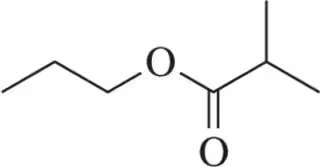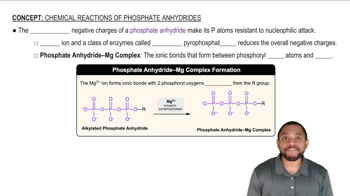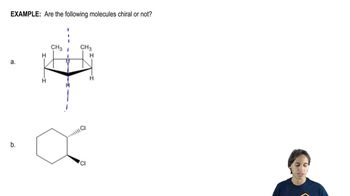How many sets of equivalent hydrogens are in each molecule shown?
(b)

 Verified step by step guidance
Verified step by step guidance Verified video answer for a similar problem:
Verified video answer for a similar problem:



 4:35m
4:35mMaster General Assumption for 1H NMR Signals with a bite sized video explanation from Johnny
Start learning